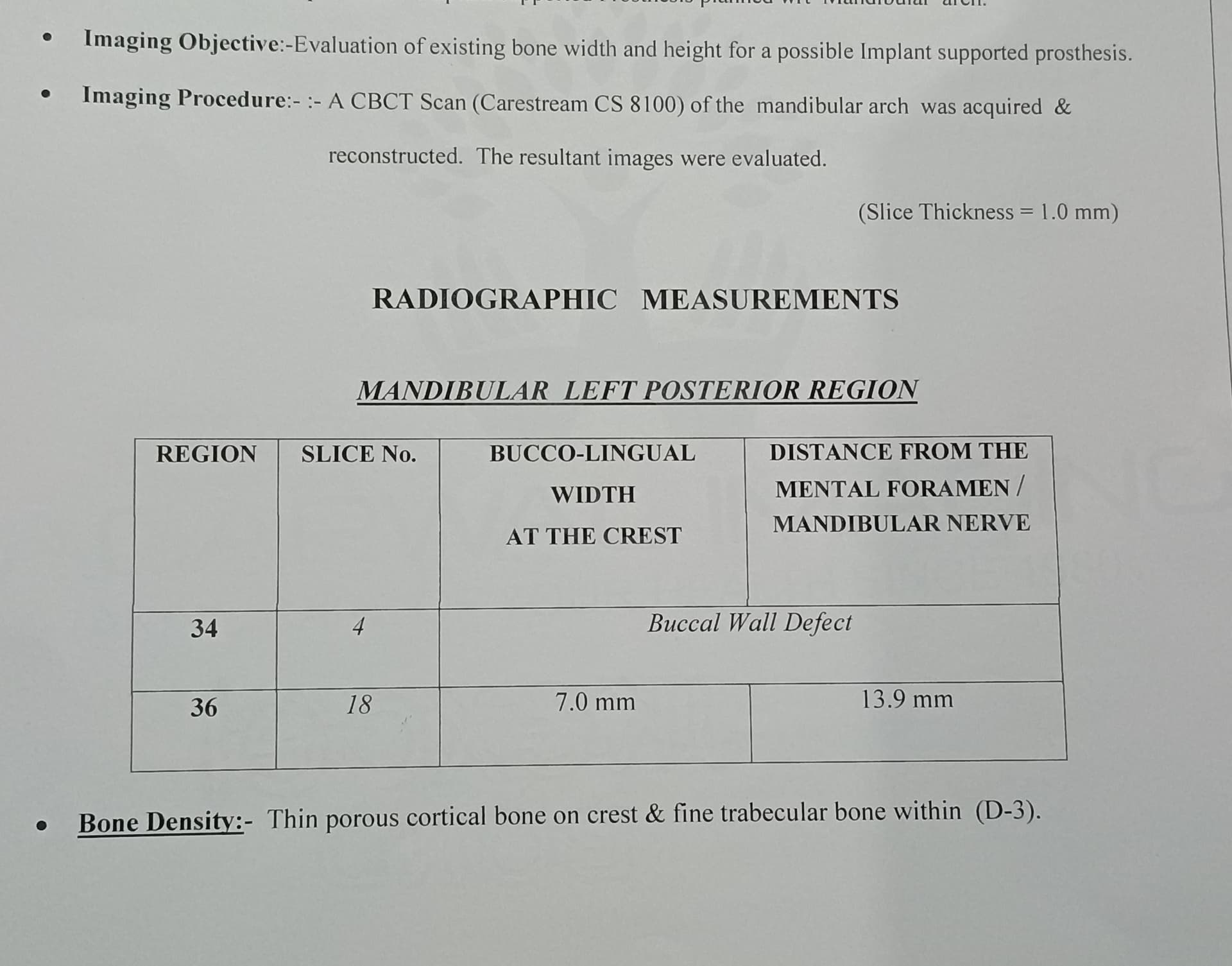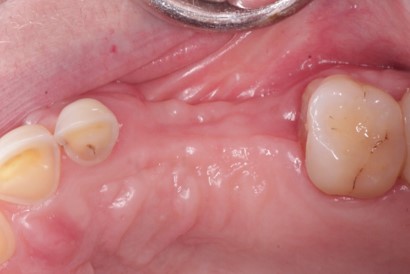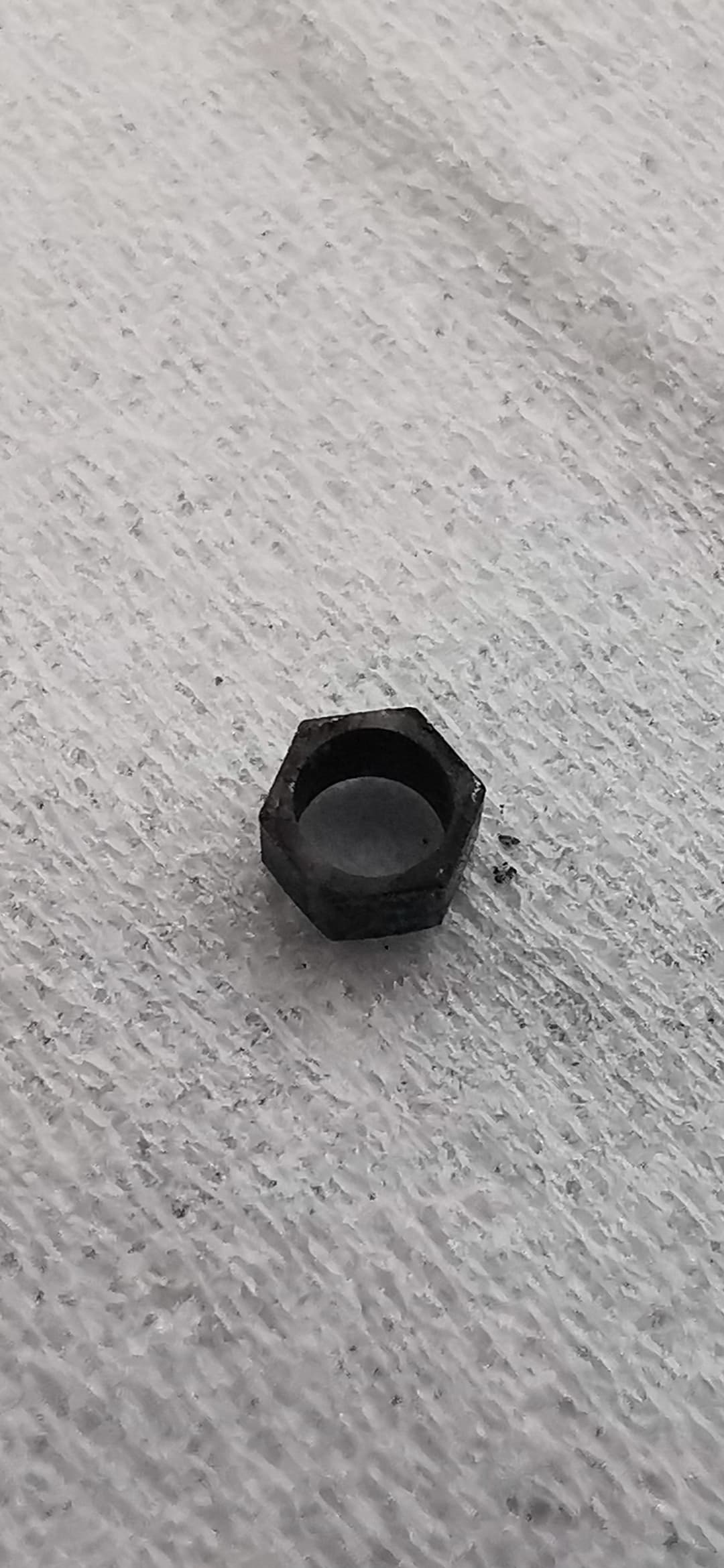Patient from Colombia: What implant is this?
I have a patient from Colombia. I am restoring this case. What brand of implant is this? Below is the cover screw and radiograph.
![]0141](https://osseonews.nyc3.cdn.digitaloceanspaces.com/wp-content/uploads/2013/02/0141.jpg)
![]0331](https://osseonews.nyc3.cdn.digitaloceanspaces.com/wp-content/uploads/2013/02/0331.jpg)
9 Comments on Patient from Colombia: What implant is this?
New comments are currently closed for this post.
TA
2/20/2013
Doc...not sure but taper design looks a lot like 3i (BioMet). Try this website it may help you out:
www.whatimplantisthat.com
See also this link for cover screw:
Best of luck!
Jay
2/21/2013
You took a photo of the cover screw but you did not get a photo of the internal geometry. Along with that photo measure the diameter of the implant. My guess is a Nobelbiocare Replace.
Leal
2/22/2013
First of this implant is bone level.
Regardless of the brand you have bone loss prior to the prosthesis placement.
And I do think there was bone loss that started after the implant placement (not the most important though).
Moreover look at the CEJ of the 2nd molar. The bone level there is normal. That molar is rotated and with the rotation comes bones loss. That is normal.
My guess is the implant was not properly placed within bone and after the placement there was an even more accentuated bone loss.
You have two restored teeth between the implant.
Either go ahead and restore it or place a bridge. I would go with the bridge also to straighten that 2n molar and occlusion.
Good luck
CRS
2/22/2013
I would suspect that the second molar tipped into the first molar edentulous space over time not rotated. I'm assuming that the most medial tooth is a premolar and the most distal is the third molar. That said the premolar sized implant is wedged into a lessened molar space. Periodontal disease due to the drifting has caused the bone loss. I think is is very important to have a prosthesis that is cleansable. I would crown the molar to eliminate the overhang on the medial, restore the implant and leave the premolar alone. I would not place a bridge, the implant would need the be accessible and of course you would never create a pier abubutment with an implant attached to natural teeth. I would also evaluate the third molar which appears not to be in occlusion and is crowding the second molar, it may be a reservoir for periodontal pathogens. Good luck!
Leal
2/22/2013
The tooth did rotate to "try" to occupy the 1st molar position.
The implant is probably long term compromised. Not a good idea to restore a not ideal implant not placed by you.
When I said place a bridge (15 to 17 natural teeth) instead I meant extract the implant (obviously).
Good luck
CRS
2/22/2013
I agree it is a compromised space and removal with a three unit bridge is a better choice. Also very wise advice not to restore an implant you did not place in a compromised space. You will be holding the bag on another's poor placement. Thanks for reading!
Simon Milbauer
2/22/2013
It looks like eithe wide platform Replace Select from Nobel Biocare or RePlant from Implant Direct. Cover screw appearance suggests RePlant as Nobel's are colour coded.
Don Callan
2/26/2013
I too think it may be a Nobel implant. Remember the last one to touch it is "IT" best to remove the implant
Roger Gomez
2/27/2013
I've been in this situation a few times, with implant work done overseas, sometimes able to get the proper information and other times not so lucky. Just remember that as soon as you restore it , it will be your responsibility. I would prefer to just place the cover screw and not to restore it unless I have all the information , preferably from the colleague who placed the implant.


















